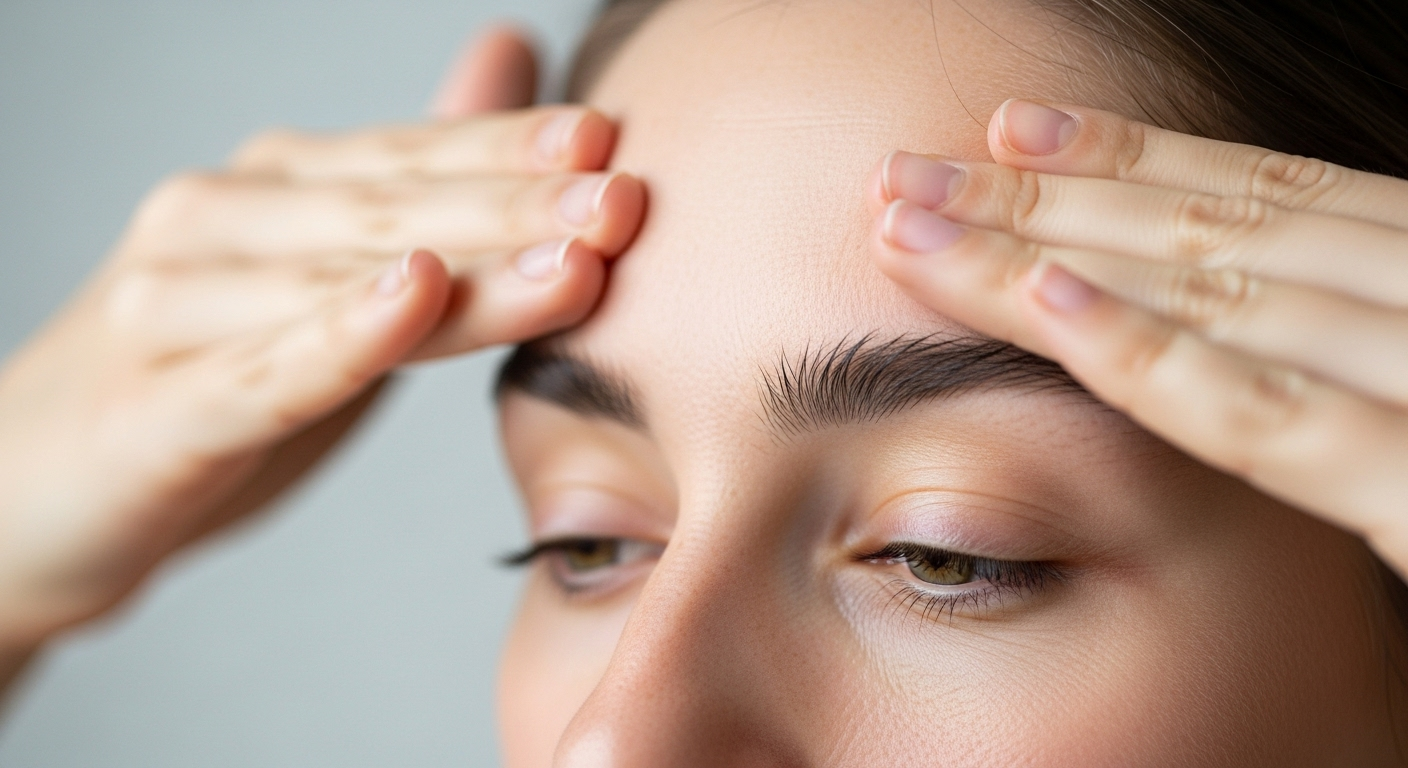Discover the Benefits of Massage Therapy for Migraines
The benefits of massages extend far beyond simple relaxation; they play a crucial role in stress relief and therapy for migraines. From enhancing mental well-being to improving physical health, massages offer a holistic approach to self-care that anyone can enjoy. Here’s a closer look at the various advantages of incorporating massages into a regular routine.

What Are the Physical Health Advantages of Massage for Migraines?
Massage therapy provides numerous physical health advantages specifically beneficial for migraine sufferers. The therapeutic manipulation of soft tissues helps improve blood circulation throughout the head, neck, and shoulders, areas commonly associated with migraine triggers. Enhanced circulation ensures better oxygen delivery to brain tissues while facilitating the removal of metabolic waste products that may contribute to headache formation.
Additionally, massage therapy can help reduce muscle tension in the suboccipital muscles, upper trapezius, and other neck muscles that often become tight and contribute to migraine development. This physical release creates a cascade of positive effects, including reduced nerve compression and improved cervical spine alignment. Regular massage sessions may also help lower cortisol levels and reduce inflammation markers in the body, both of which are linked to migraine frequency and severity.
How Do Massage Techniques That Promote Relaxation Help with Migraines?
Several massage techniques specifically promote relaxation and can be particularly effective for migraine management. Swedish massage uses long, flowing strokes combined with gentle kneading to activate the parasympathetic nervous system, encouraging the body’s natural relaxation response. This technique helps reduce stress hormones that often trigger migraine episodes.
Craniosacral therapy focuses on gentle manipulation of the skull and sacrum to improve cerebrospinal fluid flow, potentially reducing pressure that contributes to migraine pain. Trigger point therapy targets specific muscle knots that may refer pain to the head and face, providing targeted relief for migraine-related tension. Deep tissue massage, when applied appropriately to the neck and shoulder regions, can address chronic muscle tension patterns that contribute to recurring migraines.
What Role Does Massage Play in Enhancing Flexibility and Performance?
Massage therapy enhances flexibility and performance in ways that directly benefit migraine sufferers. Improved neck and shoulder flexibility through regular massage can reduce the likelihood of trigger point formation and muscle imbalances that contribute to tension headaches and migraines. Enhanced range of motion in the cervical spine allows for better posture and reduces strain on muscles that connect to the head.
For individuals who experience exercise-induced migraines, massage therapy can improve overall physical performance by increasing muscle efficiency and reducing recovery time. Better flexibility and muscle function create a positive feedback loop, enabling more consistent physical activity, which research shows can help reduce migraine frequency over time. The improved body awareness that comes with regular massage also helps individuals recognize early tension patterns and address them before they develop into full migraine episodes.
How Does Massage Help in Combating the Effects of Sedentary Lifestyles?
Modern sedentary lifestyles contribute significantly to migraine development through poor posture, reduced circulation, and increased muscle tension. Massage therapy directly combats these effects by counteracting the physical stress placed on the body during prolonged sitting or computer work. Regular massage sessions help reverse the forward head posture and rounded shoulder position common in desk workers, reducing strain on the posterior neck muscles.
The therapeutic touch and pressure applied during massage stimulate mechanoreceptors in the skin and muscles, helping to reset muscle memory and encourage better postural habits. Massage also promotes lymphatic drainage, which can become sluggish with prolonged inactivity, helping to reduce inflammation and improve immune function. For individuals whose migraines are triggered or worsened by sedentary work environments, incorporating regular massage therapy can provide significant relief and prevention benefits.
Understanding Professional Massage Therapy Costs
Professional massage therapy costs vary depending on location, therapist credentials, and session duration. Licensed massage therapists typically charge between $60-120 per hour-long session, with specialized techniques like craniosacral therapy often commanding higher rates. Many insurance plans now cover massage therapy when prescribed for medical conditions, including chronic headaches and migraines.
| Service Type | Average Cost Range | Session Duration | Typical Benefits |
|---|---|---|---|
| Swedish Massage | $60-$90 | 60 minutes | General relaxation, stress relief |
| Therapeutic Massage | $80-$120 | 60 minutes | Targeted muscle tension relief |
| Craniosacral Therapy | $90-$150 | 60-90 minutes | Nervous system balancing |
| Trigger Point Therapy | $70-$110 | 45-60 minutes | Specific pain point relief |
Prices, rates, or cost estimates mentioned in this article are based on the latest available information but may change over time. Independent research is advised before making financial decisions.
Benefits of Massage Therapy for Migraines: Long-term Considerations
The benefits of massage therapy for migraines extend beyond immediate symptom relief, offering long-term improvements in quality of life. Regular massage sessions can help establish healthier sleep patterns, which is crucial since sleep disturbances are both a trigger and consequence of migraines. The stress reduction achieved through consistent massage therapy may lead to fewer stress-induced migraine episodes over time.
Research indicates that individuals who receive regular massage therapy often experience a cumulative effect, with benefits becoming more pronounced after several weeks of consistent treatment. This suggests that massage therapy works not only as an acute intervention but also as a preventive measure when incorporated into a comprehensive migraine management plan.
Massage therapy offers a natural, non-pharmaceutical approach to migraine management that addresses multiple contributing factors simultaneously. From improving circulation and reducing muscle tension to promoting relaxation and combating sedentary lifestyle effects, massage provides comprehensive benefits for migraine sufferers. While individual responses may vary, the growing body of research supporting massage therapy for headache disorders makes it a valuable consideration for those seeking holistic migraine relief.
This article is for informational purposes only and should not be considered medical advice. Please consult a qualified healthcare professional for personalized guidance and treatment.




